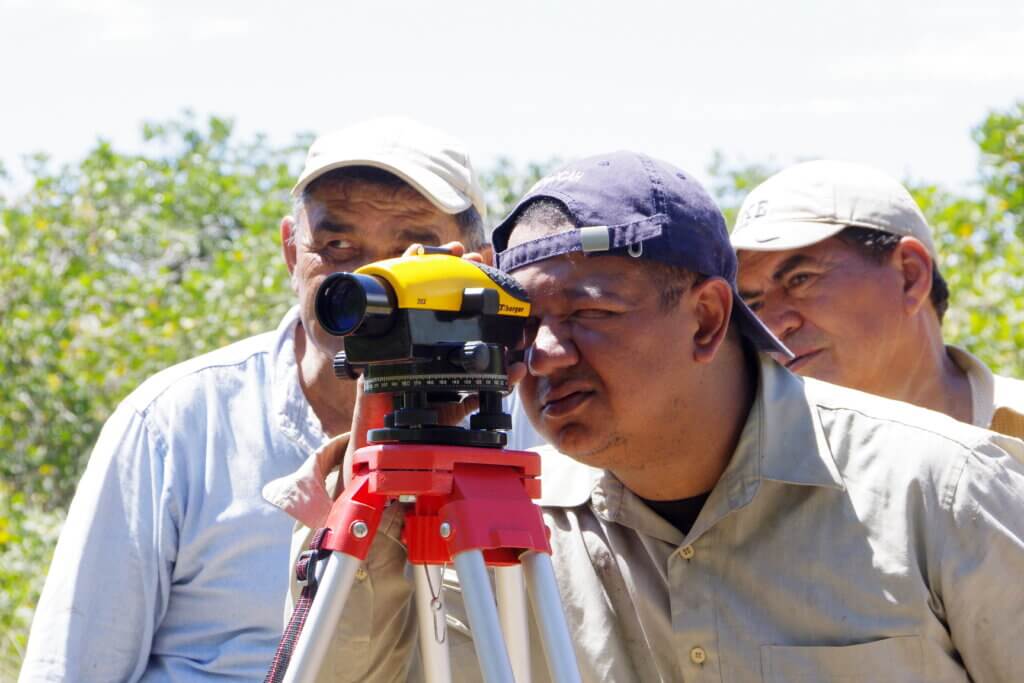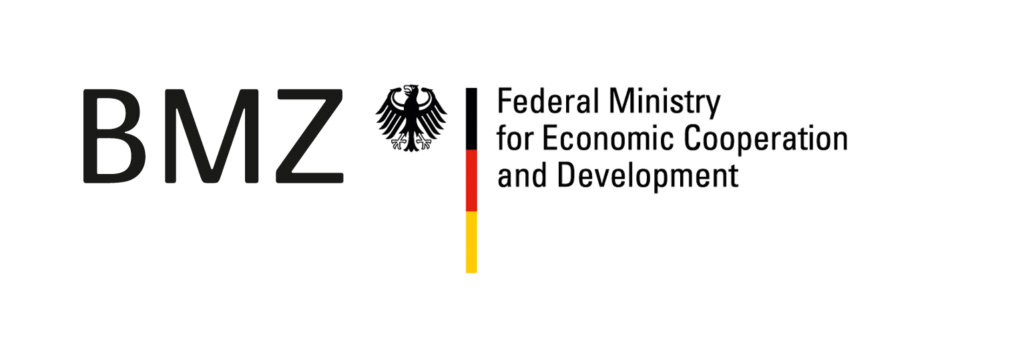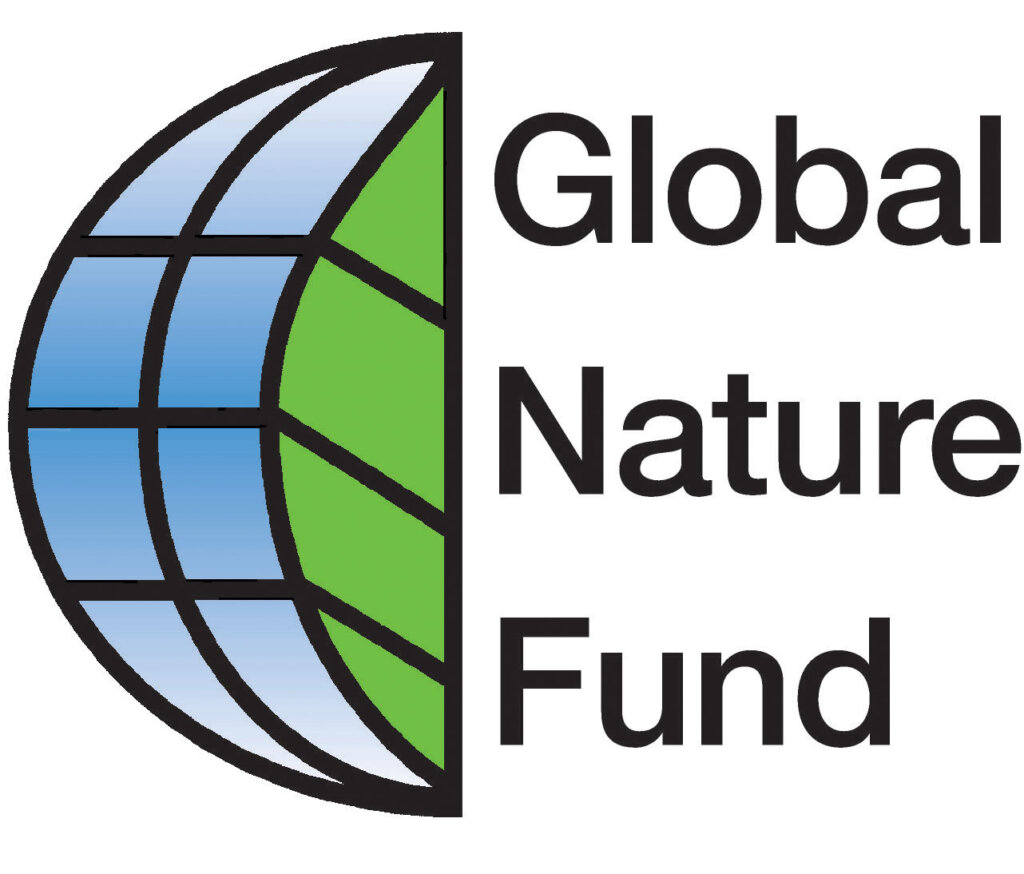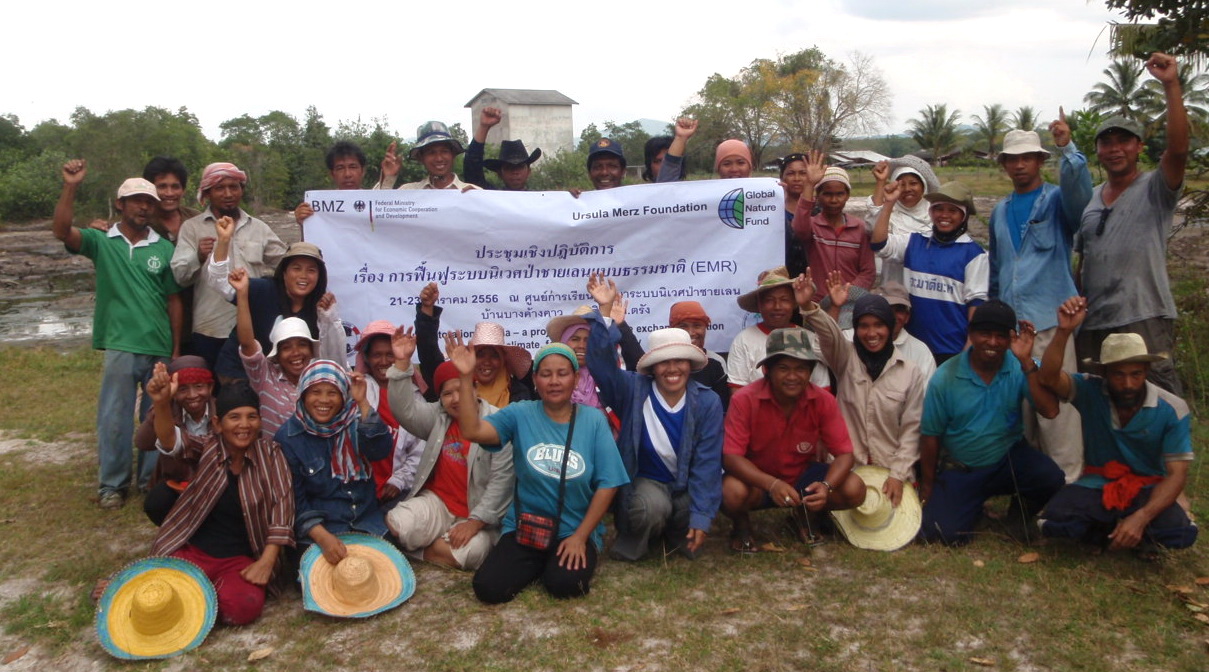
Empowering Communities for Mangrove Restoration
Location: Si Kao, Trang, Thailand
Date: January 2013
Goal: Two local communities had a shared goal to convert and restore degraded mangrove areas back into a healthy functioning mangrove coastal ecosystem while providing possible sustainable livelihood options for the surrounding communities. We delivered ecological mangrove restoration training to help them achieve this.
Partners

By clearing debris and digging canals, villagers were able to improve tidal flow at their sites

- Hands-on learning fostered teamwork and dynamic knowledge-sharing
36 people from two communities gained new skills and knowledge in mangrove restoration
What we did
During the two days of fieldwork, participants worked on hydrological improvements at Bang Kang Khao and Leam Makham restoration sites. The primary objectives were to remove waste and debris and to create small canals to ensure proper tidal water flow for flooding and drainage. With enthusiasm and teamwork, a significant amount of soil and debris was cleared, reflecting the villagers’ strong commitment to restoration efforts.
This hands-on training not only enhanced participants’ understanding of CBEMR principles but also fostered collaboration and practical problem-solving. By combining scientific knowledge with community-led action, the workshop helped lay the foundation for effective, long-term mangrove rehabilitation.
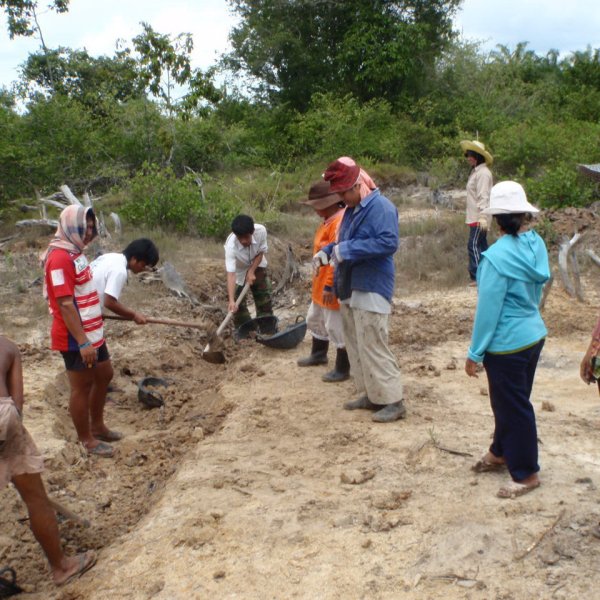
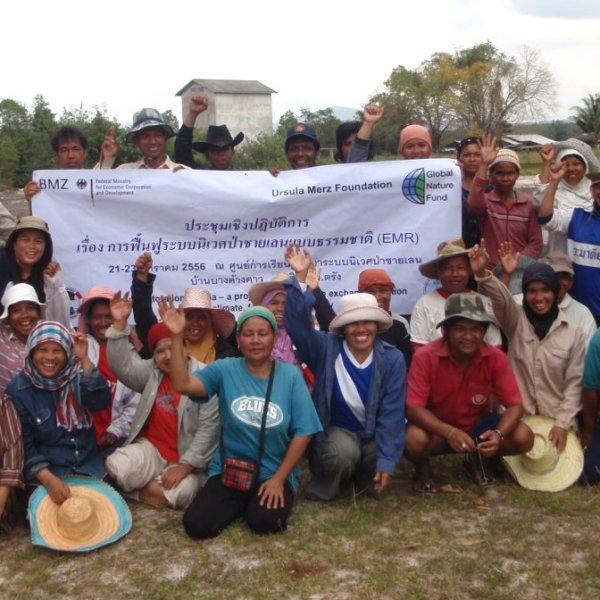
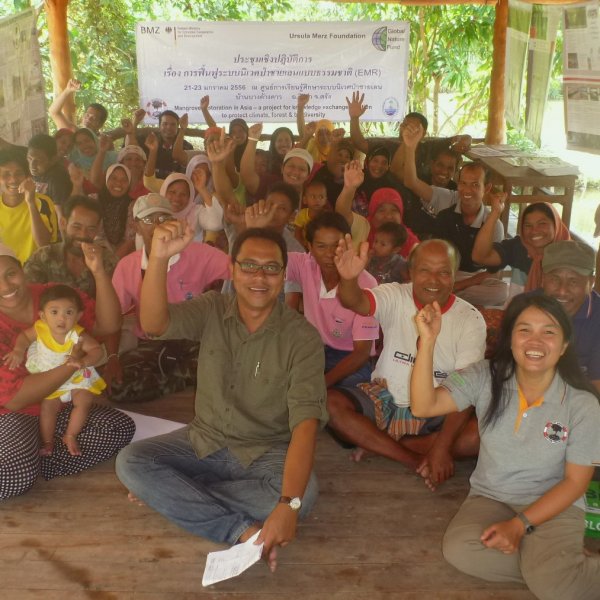

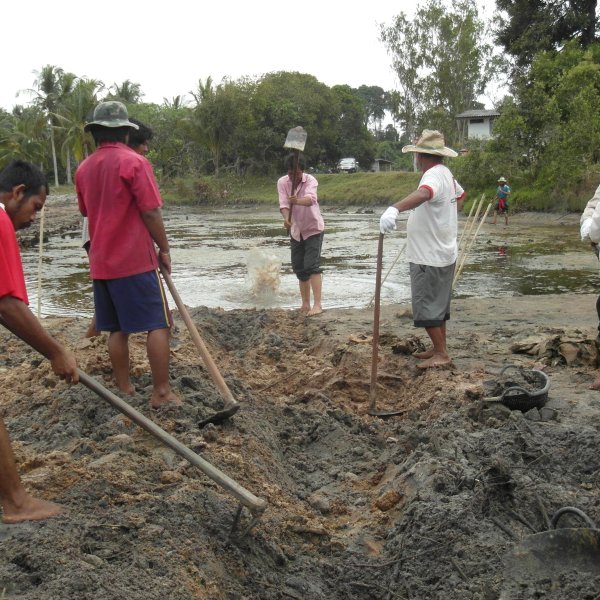
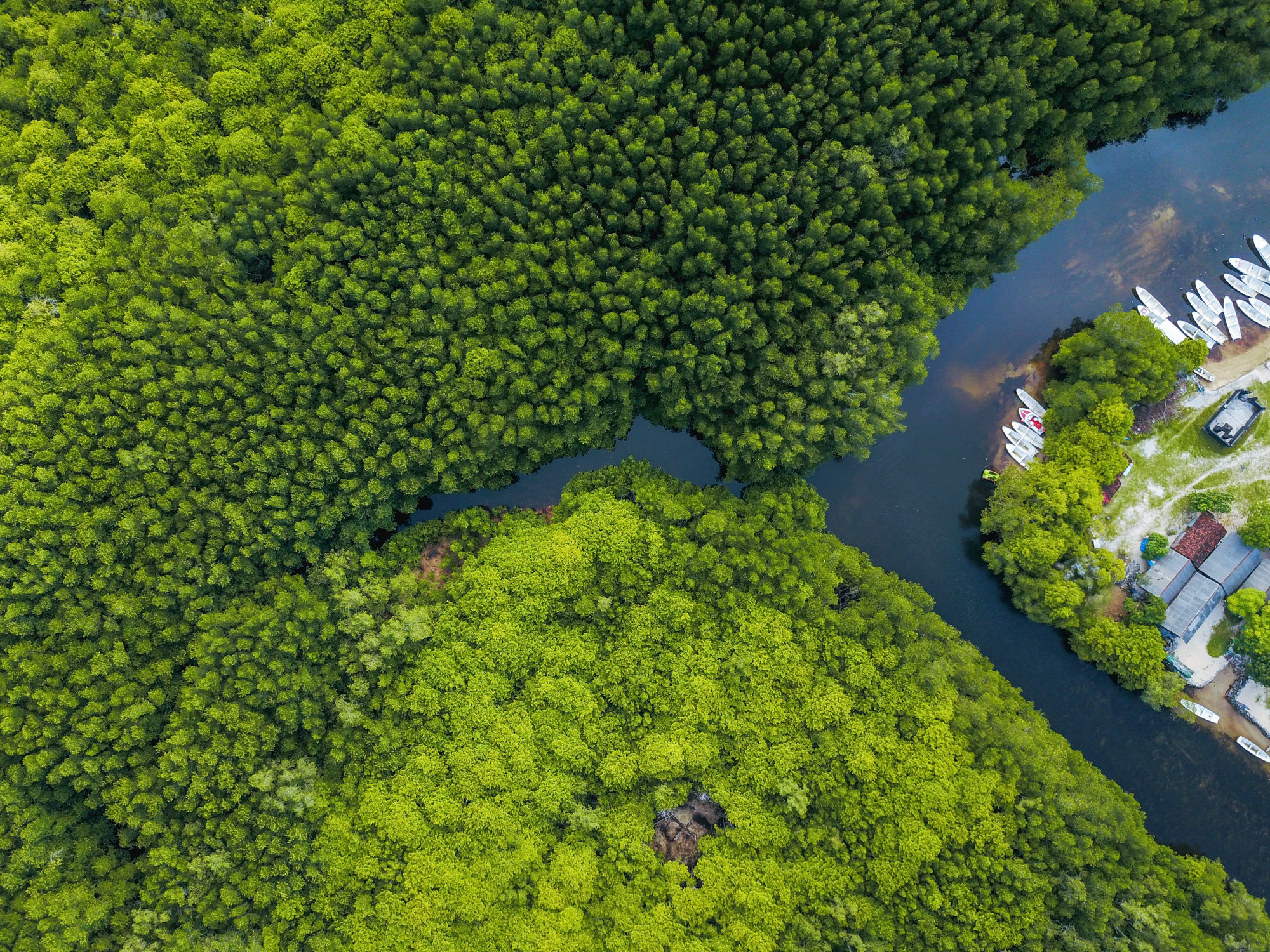
Interested in working with us?
Get in touch with us at dominic@mangroveactionproject.org
Related work
- Read more about Enhancing Community-Led Restoration in the Gulf of Guayaquil
Enhancing Community-Led Restoration in the Gulf of Guayaquil
Location: Guayaquil, Ecuador Date: August 2023 Goal: Train participants in the CBEMR approach to enhance mangrove restoration efforts in Guayaquil…
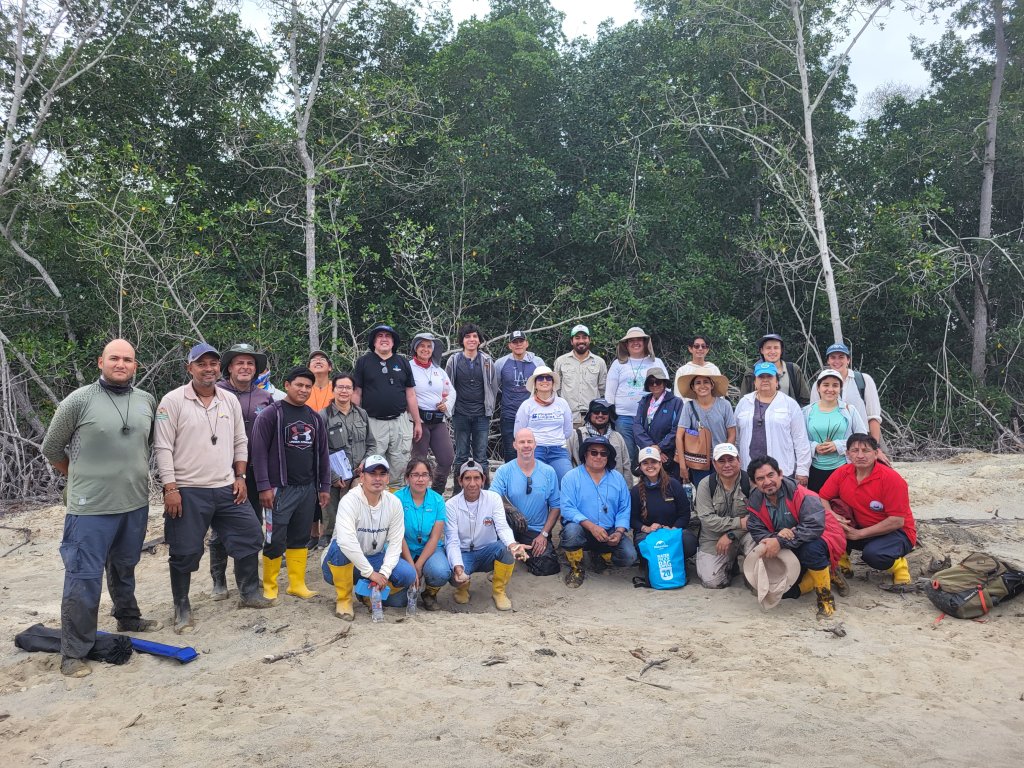
- Read more about From Theory to Practice: Enhancing Restoration through CBEMR
From Theory to Practice: Enhancing Restoration through CBEMR
Location: Bengkalis Island, Indonesia Timeline: October 2023 Goal: The training aimed to enhance participants’ knowledge and skills in Community-Based Ecological…
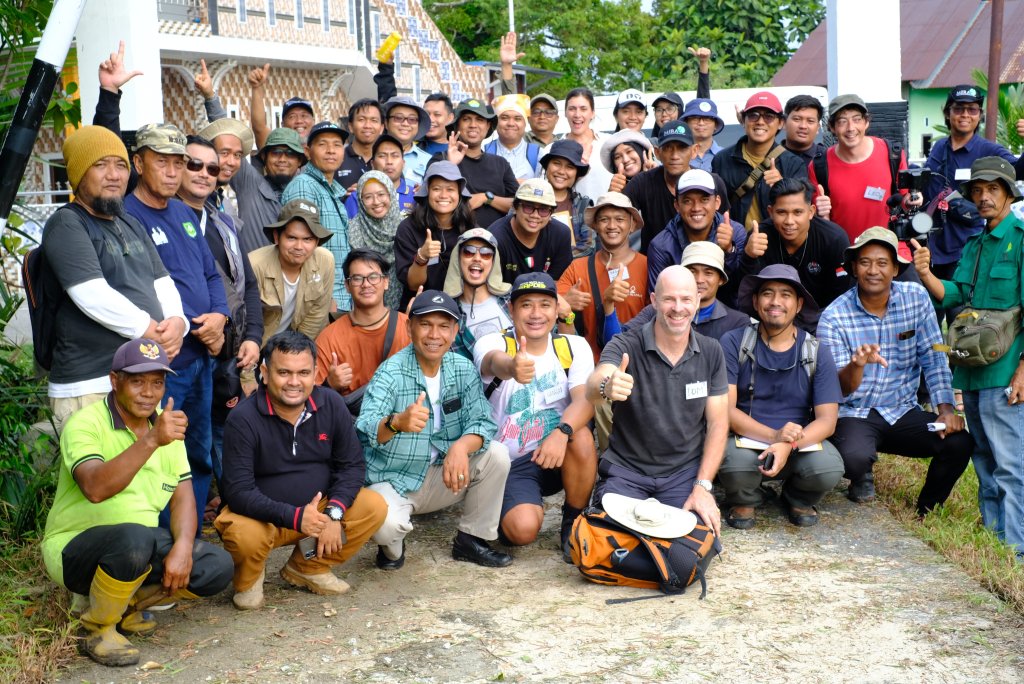
- Read more about Restoring vital ecosystems in Kenya
Restoring vital ecosystems in Kenya
Location: Kenya Timeline: 28th Feb - 21st March 2022 Goal: To share the knowledge and tools for restoring mangroves: a vital…
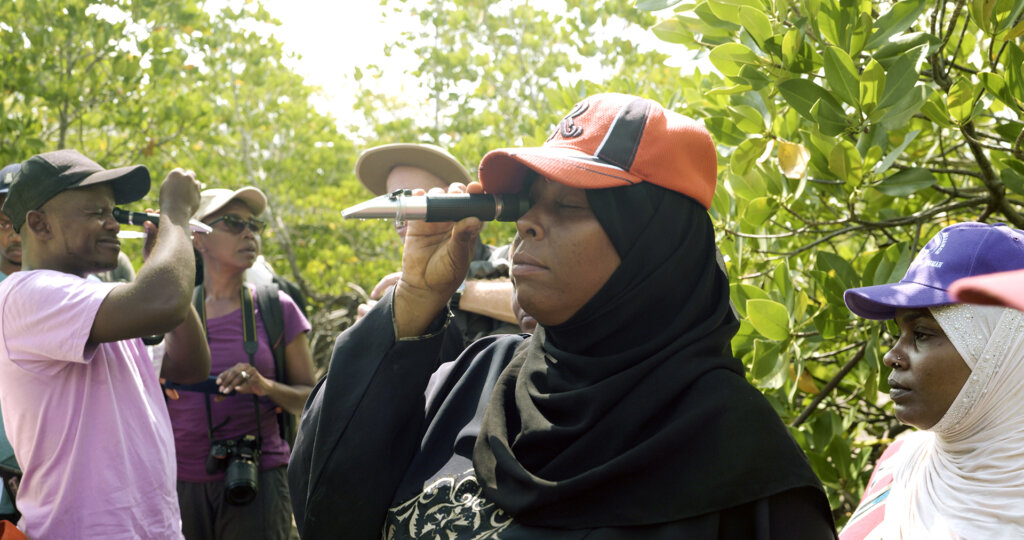
- Read more about Delivering mangrove restoration best practices in the Bahamas
Delivering mangrove restoration best practices in the Bahamas
Location: Bahamas Timeline: March - April 2023 Goal: To support local mangroves restoration efforts and implement best practices for future…
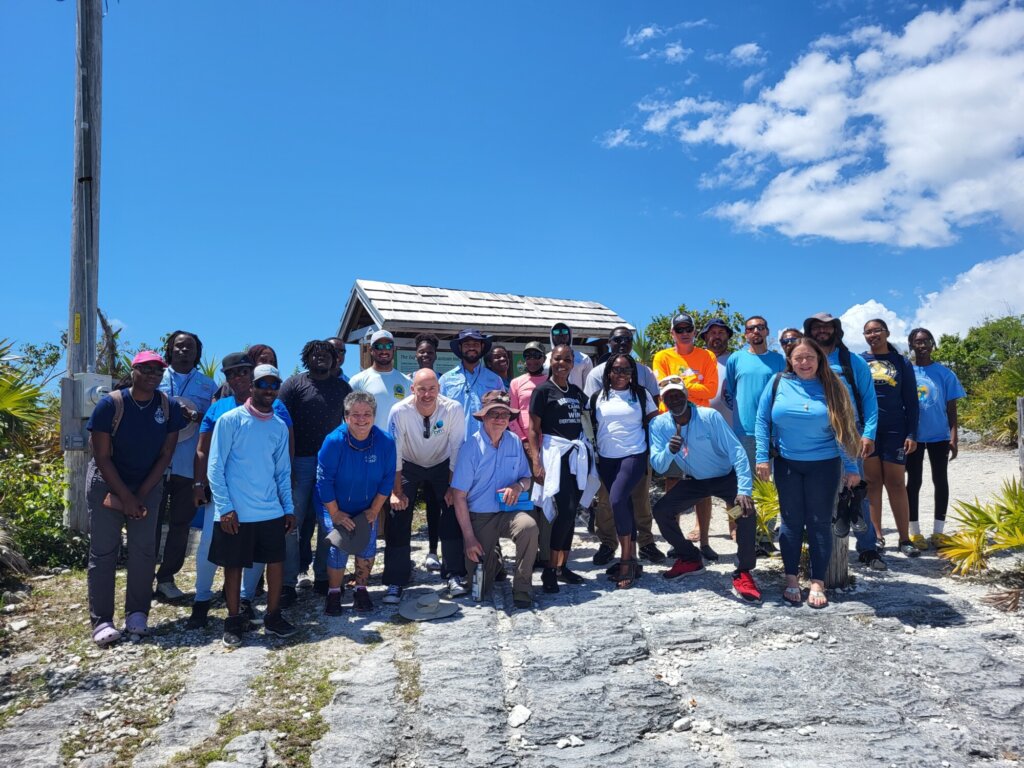
- Read more about Fostering a sustainable network in Honduras
Fostering a sustainable network in Honduras
Location: Honduras Timeline: February 2015 Goal: To work collaboratively with local officials to persuade local villagers and village leaders to reduce…
